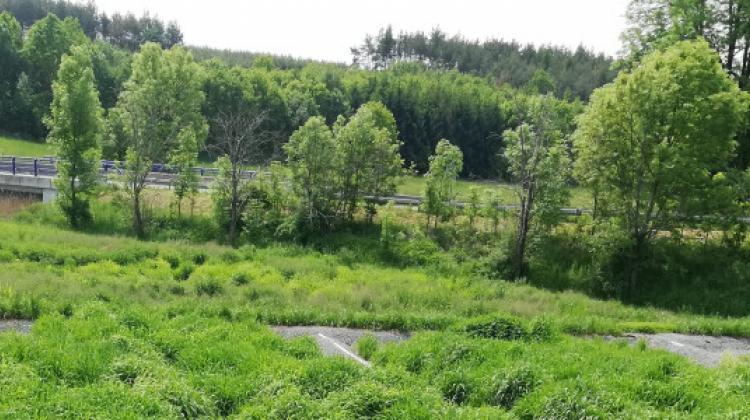University of Warsaw Scientists Develop Passive Sewage Treatment System
 Photo: University of Warsaw press materials
Photo: University of Warsaw press materials
Scientists from the Faculty of Biology of the University of Warsaw presented an economic and ecological alternative to wastewater management in rural areas. It is a Constructed Wetlands type passive sewage treatment system, university representatives say.
According to the Central Statistical Office data cited on the University of Warsaw website, 45 percent residents of rural areas are still not covered by the sewage system. `Although sewage should be collected in septic tanks and regularly transported by the slurry tanker to treatment plants, it is known that this is not the case. This is confirmed by the Supreme Audit Office report published in June 2019, according to which although municipalities have this obligation, they do not maintain records of tanks, monitor their condition or frequency of emptying`, the press release reads.
Scientists from the Faculty of Biology at the University of Warsaw come to the rescue. They have developed an ecological alternative to traditional solutions: Constructed Wetlands type passive sewage treatment systems.
The solution proposed by scientists mimics the hydraulic and habitat conditions of natural wetland ecosystems. In this soil-plant system, in which the soil occurs in a state saturation with water, a biological purification process takes place on appropriate filters, with the participation of various microorganisms that inhabit the developed system of roots and rhizomes of aquatic and water-loving plants. Microorganisms have a huge role in passive systems: they degrade and assimilate carbon compounds, retain phosphorus compounds and heavy metals, they are responsible for the assimilation and volatilisation of nitrogen compounds and precipitation of sulphur compounds. It is a natural and ecological solution that does not use chemistry. Much less energy is also used compared to traditional treatment plants.
`We mirror the swamp system. The organisms living there adapt to changing conditions: the amount of matter to be processed or temperature. Unlike traditional systems, where it is necessary to precisely control the conditions, properly aerate and maintain the concentration of elements, a properly launched passive system works efficiently for years without major human intervention`, says Professor Łukasz Drewniak from the Faculty of Biology of the University of Warsaw and one of the founders of the university spin-off company RDLS.
For example, in tourist resorts, where the number of inhabitants does not exceed 250 for most of the year, but increases several times during the holiday season, biological-mechanical treatment plants cannot handle this problem, generating significant costs. Periodically less wastewater in a passive system is not a problem because the bacteria will adapt to the current conditions. In addition, sewage is not pumped for many kilometres to the treatment plant, and then discharged into the river to leave the local ecosystem very quickly. Instead, it remains in the local system with the collected water. The system retains water that can evaporate freely and remain in the area. This is especially important in areas at risk of drought.
`Compared to conventional sewage treatment plants, passive systems are characterized by simple operation, resistance to uneven sewage inflow and competitive costs resulting from the lack of need for mixing, aeration or heating. Passive systems are viable even for smaller flows and do not leave secondary sludge`, concludes Professor Łukasz Drewniak.
PAP - Science in Poland
lt/ ekr/ kap/
tr. RL
Przed dodaniem komentarza prosimy o zapoznanie z Regulaminem forum serwisu Nauka w Polsce.














